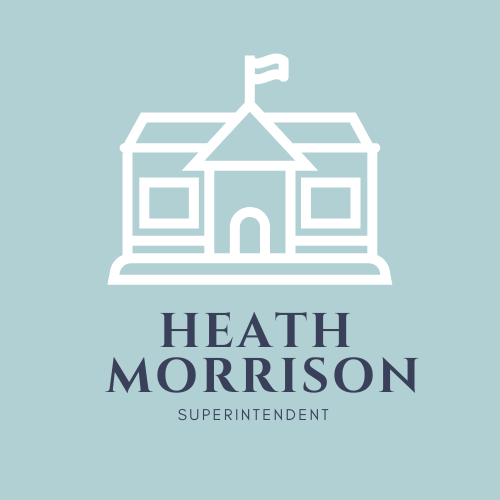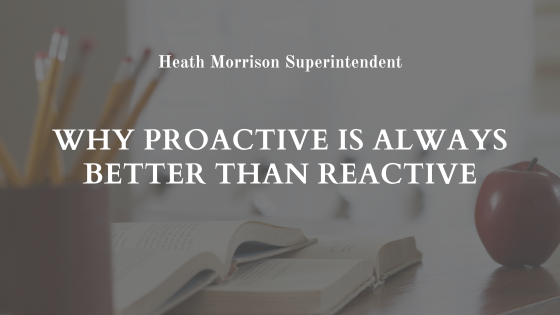As communities across the country started to push back on the Common Core standards, I was always amazed about how little concerned parties could actually articulate why they disliked this initiative. I was also surprised that so many school leaders could not provide a comprehensive explanation for supporting the Common Core or, joining in opposition to the curriculum. Thus, a narrative was formed that still resonates today. I think about this now as we are experiencing something similar, but for different reasons, with issues surrounding Critical Race Theory (CRT) and other materials. However, this time, school leaders have to be proactive in thinking through how to respond to concerns from various stakeholders and not let negative or false narratives take root and allow them to become accepted as truth.
As accusations of schools directly teaching CRT have increased across the country, especially during election cycles, most leaders respond by saying, “we don’t teach CRT in our schools.” That would be fine as an answer, if the person asking the question could provide a commonly accepted explanation of what they believe CRT to be. But, CRT concerns have morphed into a huge umbrella of issues from diversity initiatives, age appropriateness of library books to “grooming” students. If you have any cultural competency trainings in your school district; if you have books that have already been banned in certain states in your libraries; if you have programs to support LGBTQ+ students your claims of not “teaching CRT” are likely to be challenged.
How can schools leaders respond to this? First, be aware of what you actually have in your schools. Take the time to have an internal or third party group do an extensive curriculum audit. That should include not only primary instructional materials but supplemental ones as well. That will allow you to confidently speak to what is, or is not, being taught in your schools. If you are in a state that requires core materials to be approved by the state education agency, sharing that materials are aligned to state standards is also a value add to these conversations. The same initiatives should occur with libraries; not because your focus should be to remove books but to ensure that you, and your school board, are comfortable with what is accessible in your libraries at various ages. Such an activity may lead to conversations about not removing a particular book from all libraries but, perhaps, not having reading materials that truly have some adult topics in elementary libraries.
Next, educate your staff about these topics. As superintendents, we operate in a very political environment so we tend to be very attuned to issues that can become huge challenges, even when they are not currently being brought up in our own districts. Teachers can be attacked today, either directly, or through social media, for teaching lessons they have used for years or accessing open resources materials that may not have been vetted by your curriculum departments. In many cases, they can be completely unaware of why these activities might be viewed as CRT. These orientations should be presented to raise awareness for staff and not conducted in a way that minimizes the concerns that various parents or community groups may have or bring forward.
And, to that end, strive to be proactive in communicating various initiatives the school district is doing, to ensure better educational outcomes for all students. These may be training programs or specific vendors the district is using to help build the capacity of all educators to meet the needs of each of the students we have the pleasure and honor to serve. Because school districts have committed to various equity initiatives, for authentic and appropriate reasons, in their haste to meet student needs there may have been a lack of communication with parents and community groups about what the school is trying to accomplish. The lack of advanced notification and taking the time to collaborate and communicate with various stakeholders not directly in the schools creates fertile ground for various groups to attack such programs, immediately putting the school district on the defensive.
During the pandemic, parents got a greater perspective of the various curriculum and programs school districts are using to educate their children. This is a good thing. However, it has also created some questions and concerns that educators must be responsive to or risk the narrative of what is actually occurring in our nation’s classroom be left to others.

